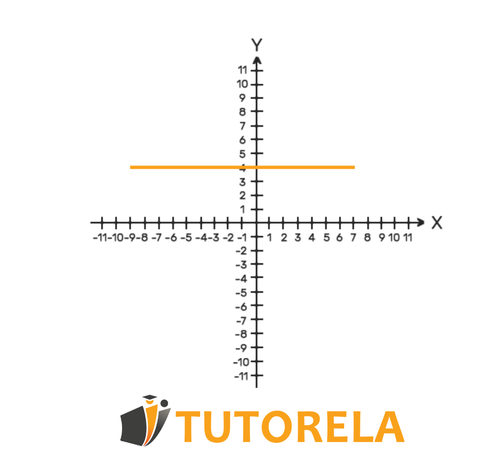We will say that a function is constant when, as the value of the independent variable increases, the dependent variable remains the same.
Let's assume we have two elements , which we will call and , where the following is true: , that is, is located to the right of .
- When is placed in the domain, the value is obtained.
- When is placed in the domain, the value is obtained.
The function is constant when: and also \(Y2=Y1).
The function can be constant in intervals or throughout its domain.
Constant Function
